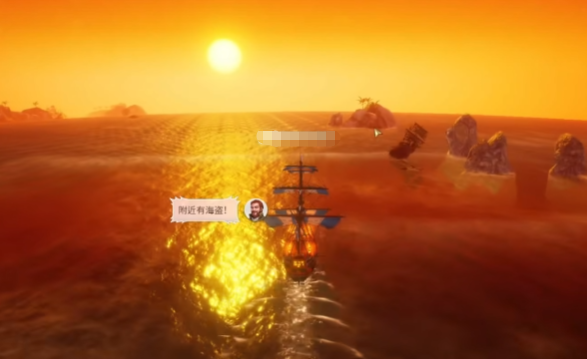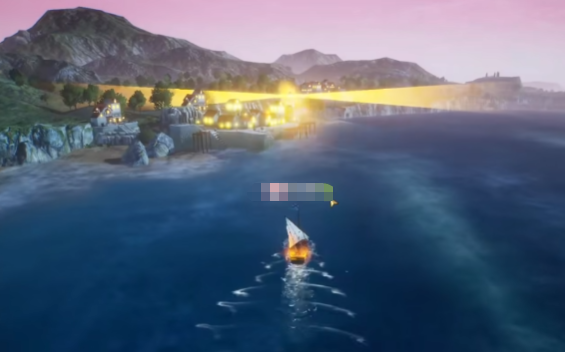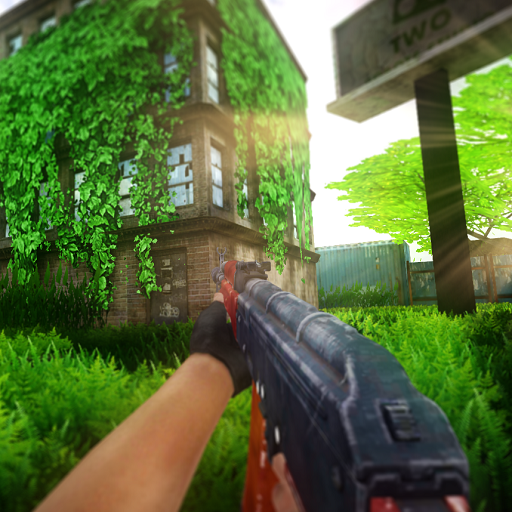Today, the editor brings you an introduction to the map of the Age of Exploration Origins, The map system of the Age of Exploration: Origins is like a meticulously woven network of navigation, integrating geographical features, resource distribution, and cultural imprints. From the floating ice coasts of the Arctic Circle to the tropical rainforests along the equator, from the busy harbors of the Mediterranean to the spice islands of the Indian Ocean, every sea area and port carries unique exploration value. Let's take a look together with the editor.

The world map is framed by dynamic ocean currents and monsoon belts, creating a realistic maritime environment. The westerlies of the North Atlantic push merchant ships from Europe to America, while the seasonal changes in direction of the Indian Ocean monsoons determine the optimal routes between Arabia and India. These natural factors are not just simple background settings; they directly affect sailing speed and fuel consumption. In favorable wind conditions, sails can be fully unfurled, enhancing travel efficiency. If facing headwinds or stormy areas, it is necessary to adjust the route to avoid them, or else there may be delays or even damage.

The maps of Northern Europe are fragmented by fjords and glaciers, with the coastline of the Scandinavian Peninsula being as jagged as a saw. Floating ice in winter can block some ports, requiring players to adjust their sailing plans according to the season. The docks of Copenhagen harbor are always piled high with timber and amber from the Baltic Sea. In the exchange, one can see fur-clad merchants haggling over fish, iron ore, and handicrafts. Deep in the forests inland, occasionally villagers collecting berries might guide players to hidden silver mines. The shipyards at these ports excel at building sturdy icebreakers, suitable for sailing in cold waters. If players plan to explore the Arctic Circle, modifying their ships here would be very beneficial.

The maps of Western Europe present a completely different picture of prosperity. Merchant ships can often be seen shuttling through the fog of the English Channel. The docks of London harbor are filled with armed merchant ships equipped with cannons. Outside the navigation school in Lisbon, newly drawn nautical charts hang on the walls. In Paris markets, both silk from the East and tobacco from America can be found. The blackboards in exchanges display real-time updates of commodity prices across regions. The demand for Antwerp woolen cloth surges in winter, while Bordeaux wine, which does not easily spoil during long voyages, becomes a popular item in transoceanic trade. The ports here have close ties with royalty. Players who complete exploration missions commissioned by the king can receive exclusive trading privileges, such as monopolizing the import and export of goods in a certain region.

The content of the introduction to the map of the Age of Exploration Origins has been covered, The map of the Age of Exploration: Origins has no end. As players increase their exploration, new islands, routes, and civilizations will continuously emerge. From searching for the legendary El Dorado to opening up new routes across the Pacific, each voyage is a challenge to the unknown world.


















